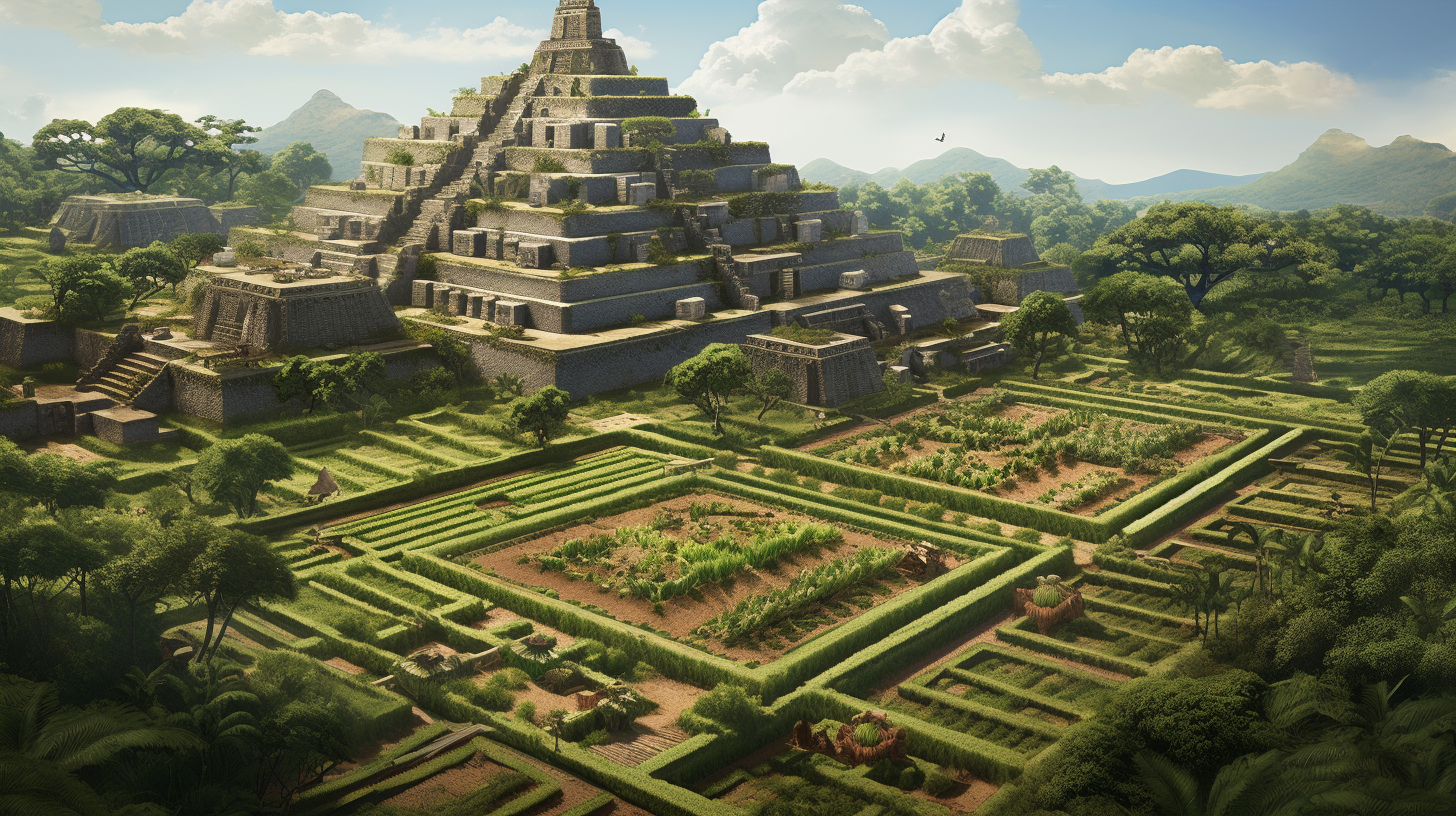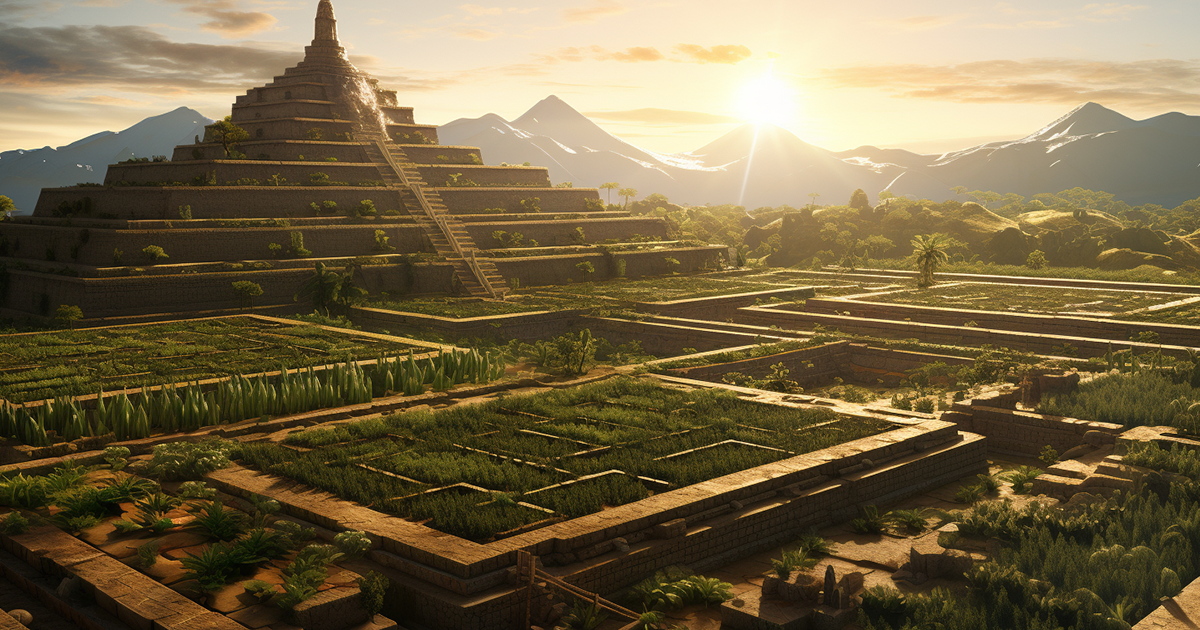Delving deep into the ancient landscapes of Mexico, where fertile grounds were scarce, lies a historical marvel that has captivated scholars for ages. The Aztec civilization achieved a feat so extraordinary that it has intrigued generations of historians. Through a distinct agricultural methodology, the Aztecs managed to sustain a thriving community of 200,000 individuals in an area known for its harsh and unforgiving terrain. This exceptional accomplishment not only highlights their ingenuity but also offers valuable insights for contemporary agricultural practices.
Nestled in the Mexican highlands, specifically within the Valley of Mexico, the Aztecs founded the grand city of Tenochtitlan. However, the surrounding landscape presented formidable obstacles to conventional farming techniques. With marshes and shallow lakes dominating the region, conventional large-scale cultivation seemed implausible. Nonetheless, the Aztecs ingeniously transformed these challenges into opportunities through the creation of floating gardens.
Termed “chinampas,” their innovative solution revolutionized agriculture in the area. These floating gardens essentially served as artificial islands constructed on water surfaces. By delineating rectangular patches of fertile soil enclosed by canals, the Aztecs anchored the plots to the lakebed using wooden stakes for stability. Over time, organic matter from the lakebed enriched the soil, creating an incredibly fertile environment for cultivation.

One notable advantage of chinampas was their adaptability in accommodating various crops like maize, beans, squash, and more. The Aztecs also grew medicinal herbs and ornamental plants, demonstrating their advanced grasp of horticulture and the potential of these buoyant gardens.
The efficiency of chinampas in resource utilization significantly contributed to their prosperity. The encircling canals of each plot facilitated water supply for irrigation and transportation, establishing a sustainable and self-reliant agricultural system. Moreover, the proximity of chinampas to Tenochtitlan reduced the need for lengthy transportation of goods, enhancing the efficiency of the food supply chain.
The Aztec floating gardens not only secured a dependable food source for their vast populace but also offered environmental benefits. By fashioning these human-made islands, they lessened the necessity for deforestation or disruption of natural habitats, a prevalent practice in other agricultural systems. This eco-friendly land employment allowed the neighboring ecosystem to thrive, fostering a balanced cohabitation with nature.
Today, the legacy of Aztec chinampas lives on in contemporary farming methodologies such as hydroponics and aquaponics. These modern systems draw inspiration from the innovative approach of the Aztecs to enhance crop yields while conserving resources.
Ultimately, the Aztecs’ ability to provision a substantial population in demanding marshy terrain through their creation of floating gardens stands as a testimony to their inventiveness and adaptability. Their groundbreaking agricultural methods not only catered to a crucial requirement but also influenced our methodology towards sustainable food production. As we encounter environmental challenges and the necessity for effective agriculture, the teachings from Aztec chinampas echo, inspiring and directing our initiatives in cultivating food in challenging environments.
